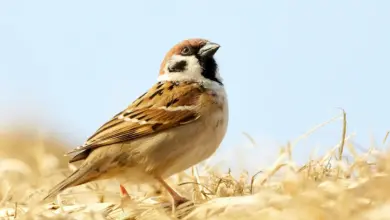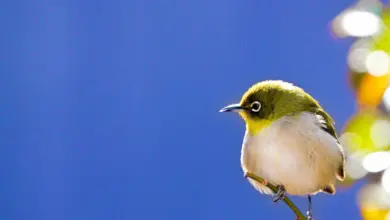Great Grey Shrikes aka Northern Shrikes
The Great Grey Shrikes or Northern Shrikes (Lanius excubitor) is a member of the Shrikes family.
Distribution / Range
The Great Grey Shrikes breeds in northern Europe, Asia, and North America in northern Canada and Alaska, where it is known as Northern Shrike. It is migratory and winters further south in those continents, too, for example, in Great Britain and the northern USA. Wintering birds usually arrive in October and November. As a rule, they are then solitary, and when several arrive simultaneously they speedily spread out, each establishing its hunting territory and reducing competition with others.
The Southern Grey Shrike (Lanius meridionalis), occurring from southern Europe (Iberian Peninsula and France) southwards and also in Central Asia, was formerly included in the Great Grey Shrike; it prefers different habitat (lightly wooded grassland in the Great Grey, more arid shrubland in the Southern Grey Shrike), and where the species ranges overlap, they do not hybridize (Sangster et al., 2002).
Description
The Great Grey Shrike is 22-26 cm long. The general colour of its upper parts is pearl grey; a stripe above the eye and the cheeks and chin are white, and a deep black streak extends from the forehead, through the eye, to the ear coverts (feathers covering the ears). The scapulars (shoulder feathers) are white and the wings are black and white, with one or two white bars. The underparts are white, slightly tinged with grey. The bill is nearly black, pale at the base of the lower beak; the legs are blackish.
In the female, the underparts are greyer and are faintly barred with greyish brown. Young birds are greyish brown, with more or less distinct bars on the upper, and conspicuous ones on the underparts.
The flight of the Great Grey Shrike is undulating but rather heavy, but its dash is straight and determined.


Diet / Feeding
This bird has a characteristic upright attitude perched on the topmost branch of a tree or a telegraph pole. The keen eye of the watchful “sentinel” misses nothing that moves. It will swoop hawk-like on a bee or drop lightly to the grass for an insect.
Though it uses its feet to hold beetles or flies, it has other methods with larger prey such as lizards, mice, shrews, and birds. These when captured are impaled upon a sharp point, such as a thorn or the barbs of barbed wire. (Please refer to photo above.) Thus secured they can be ripped with the strong hooked bill, but their feet are not suited for tearing. Typically, half the prey consists of small mammals.
Call / Vocalization
When disturbed its alarm note is a harsh jay-like shake, skake. The song consists of pleasant warbling. This species will lure birds closer by mimicking their calls.



